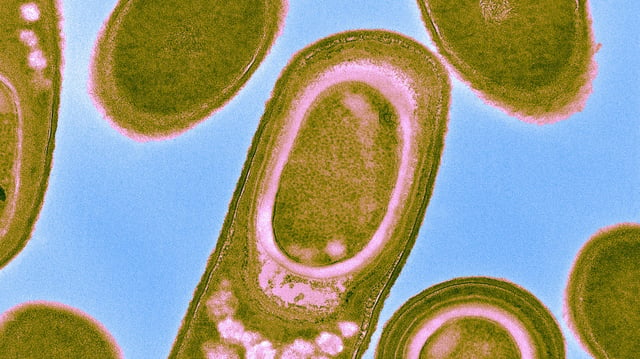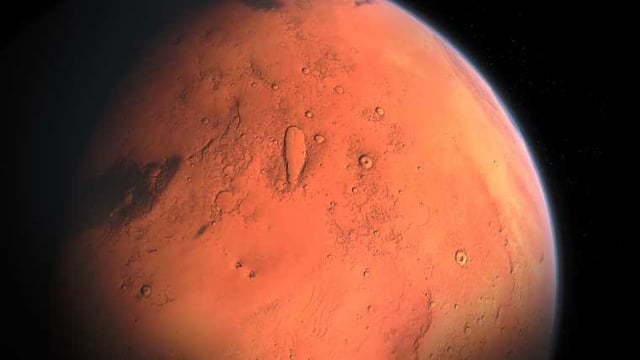Overview
- Researchers in Germany have designed a straightforward test to detect microbial life by inducing movement toward the amino acid L-serine, a process known as chemotaxis.
- The method was tested on three extremophile species, including Bacillus subtilis, Pseudoalteromonas haloplanktis, and Haloferax volcanii, all of which responded by moving toward L-serine.
- The test involves a two-chamber slide separated by a membrane, allowing microbes to move toward the L-serine if they are alive and motile, simplifying life detection in extreme environments.
- L-serine, believed to exist on Mars, could act as a chemoattractant for Martian microbes if their biochemistry resembles that of Earth's organisms.
- Future iterations of the device aim to be smaller, more robust, and automated for potential use in space missions to Mars and other celestial bodies like Europa.



